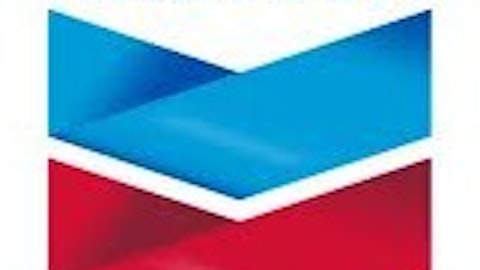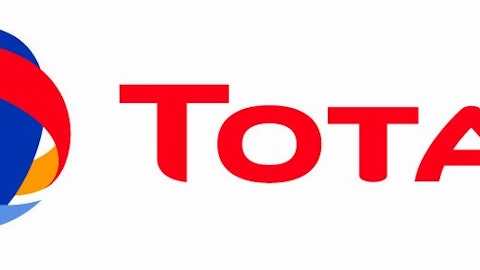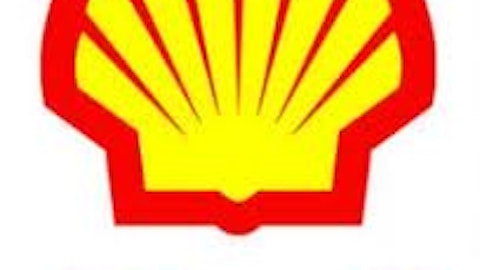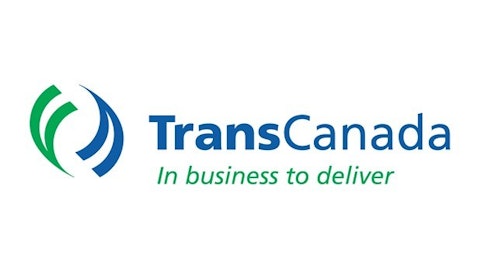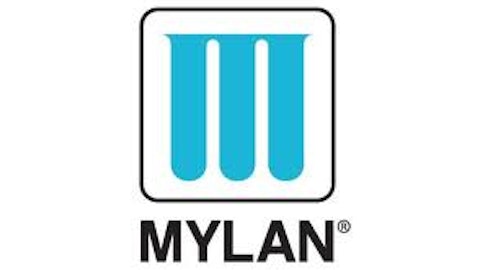
Over the past year, energy prices have increased by a mere 7.5%. While China is the largest consumer of energy altogether, the U.S. remains the largest consumer of oil. This does not bode well for growth in the oil sector, especially when U.S. growth is meager and China’s GDP estimates have been below analyst estimates for the first quarter of 2013. Before looking at the financials and metrics, I will review recent events for the three companies.
Demand picking up
Chevron Corporation (NYSE:CVX) saw its total upstream and downstream earnings weaken and thus unable to keep up with its results from the previous quarter. Furthermore, its net oil and gas production also fell marginally in Q1 2013. This suggests weak pricing during the start of 2013. After being stuck with courtroom troubles on multiple fronts, Chevron Corporation (NYSE:CVX) has had a respite recently as it was awarded $96 million for its involvement in seven commercial claims filed from 1991 to 1993. Furthermore, Ukraine’s government has concluded negotiations with Chevron Corporation (NYSE:CVX) for a second shale gas project. Things bode well for the energy giant as demand for natural gas is also expected to pick up in the future.
LNG production ahead
Exxon Mobil Corporation (NYSE:XOM) has budgeted approximately $40 billion in capital spending, and has set itself a goal of replacing its reserves by 115% in order to keep up with its results. The company’s profits are highly dependent upon oil sales at the moment, but there are welcoming reports that the company is trying to diversify. As the oil sector becomes more saturated and it becomes more expensive to produce the commodity, reports of Exxon Mobil Corporation (NYSE:XOM) investing in LNG for the future have surfaced as well.
Most prominent is the report of its development of the world’s largest gas field in Qatar. While the company witnessed a drop in revenue worth $14 billion for 2012, the total revenue figures were well beyond any of its industry rivals, emphasizing that such massive size allows ExxonMobil to hold out even under difficult macroeconomic conditions.
Shedding assets
Royal Dutch Shell plc (ADR) (NYSE:RDS.A) expects to divest non-core assets worth $3 billion to increase its return on investment and profit margins in 2013. Furthermore, the company continues to have share buyback programs in place to add more value for its investors. Compared to Exxon Mobil Corporation (NYSE:XOM), Royal Dutch Shell plc (ADR) (NYSE:RDS.A) has invested greatly in the infrastructure development of natural gas, and due to the low global prices of this commodity, the margins derived from gas sales could be disappointing.
Most recently, Royal Dutch Shell plc (ADR) (NYSE:RDS.A) is being drawn into anti-competitive courtroom battles where the company might be involved in the manipulation of the crude oil futures market.
Competition
| Indicator | Chevron | ExxonMobil | Royal Dutch Shell Class B |
|---|---|---|---|
| Price/Earnings ttm | 8.9 | 9.1 | 8.0 |
| Price/Book | 1.6 | 2.4 | 1.2 |
| Net Income Growth (3 Yr Avg.) | 35.7 | 32.5 | 28.6 |
| Revenue Growth (3 Yr Avg.) | 12.1 | 15.8 | 19.1 |
| Dividend Yield , % | 3.13% | 2.61% | 5.27% |
| Return on Equity | 19.5 | 27.7 | 14.6 |
| Current Price | $118.52 | $90.24 | $66.52 |
Data from Morningstar and Financial Visualizations on June 27
Exxon Mobil Corporation (NYSE:XOM) is a slower growing stock, and pays a lower dividend yield than Chevron Corporation (NYSE:CVX). The real star in dividend payouts is Royal Dutch Shell plc (ADR) (NYSE:RDS.A), which offers a massive 5.3% yield on its shares. Furthermore, the company’s payout ratio is also at a healthy 41.5%.
Shell has also managed to outperform the competition in revenue growth, yet it falls behind in net income growth over the past three years. Perhaps, the company’s plans to divest its non-core assets will allow it to minimize its costs and take advantage of its superior revenue growth.
In absolute figures, Exxon Mobil Corporation (NYSE:XOM)’s revenue is way ahead of the competition and the company’s ability to extract huge revenue from its multi-faceted operations allows its ROE metric to show a superior rating compared to its competition. However, in the case of P/E values, only Royal Dutch Shell plc (ADR) (NYSE:RDS.A) manages to look undervalued when compared to the industry average, and, more importantly for investors, it is also the cheapest stock available of the three oil giants.
Final thoughts
Chevron Corporation (NYSE:CVX), Exxon Mobil Corporation (NYSE:XOM) and Royal Dutch Shell plc (ADR) (NYSE:RDS.A) are great energy companies that have a global presence. At the moment however, Royal Dutch Shell provides best value for the money with its dividend yield, buyback program and the streamlining of its core assets. Most importantly, the company looks to have found stability in management, which adds to an investor’s confidence. I strongly believe Royal Dutch Shell to be a strong, long-term buy.
The article Which Energy Giant Can Make You Really Rich? originally appeared on Fool.com and is written by Marina Avilkina.
Marina Avilkina has no position in any stocks mentioned. The Motley Fool recommends Chevron. Marina is a member of The Motley Fool Blog Network — entries represent the personal opinion of the blogger and are not formally edited.
Copyright © 1995 – 2013 The Motley Fool, LLC. All rights reserved. The Motley Fool has a disclosure policy.
